1. Walt Disney: From Whistles to Wonderlands
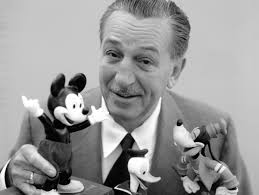
It all started with a steamboat and a mouse. When Walt Disney introduced synchronized sound in Steamboat Willie, he wasn’t just chasing a gimmick. He was setting a new rhythm for animation. Then came color with Flowers and Trees, and finally, the game-changer: Snow White and the Seven Dwarfs, the first full-length animated feature. Critics called it “Disney’s Folly,” but it proved cartoons could tell emotional stories and move audiences. Disney didn’t just entertain. He built a whole world. His mix of imagination and innovation turned animation into art and founded a legacy we’re still living in today.
2. Desi Arnaz: The Man Behind the Multi-Camera Magic
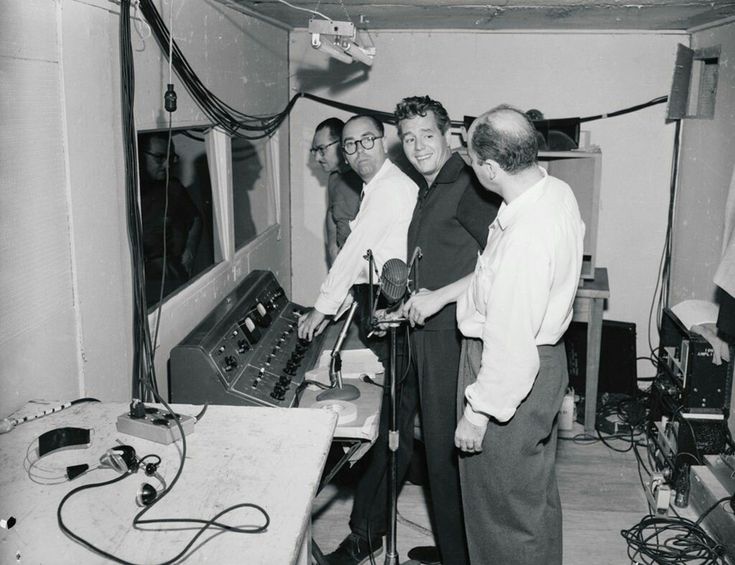
He wasn’t just Lucy’s partner. Desi Arnaz was a behind-the-scenes genius. On I Love Lucy, he introduced the now-standard three-camera setup, giving sitcoms their seamless pace. When Lucille Ball became pregnant, he invented the rerun to buy time, creating a tool networks still rely on. He also made syndication profitable, building a model studios still use. Thanks to Desi, television became an industry that could grow, scale, and repeat itself. As NPR once noted, “He changed the business model of television.” Not bad for a Cuban bandleader who simply wanted to work with his wife and make people laugh.
3. Lucille Ball: The Redhead Who Greenlit the Future
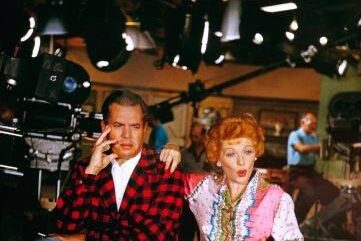
Lucille Ball wasn’t just America’s favorite funnywoman. She was a force behind the scenes. As co-founder of Desilu Productions, she became the first woman to run a major Hollywood studio. Her leadership greenlit iconic shows like Star Trek and Mission: Impossible, which others had dismissed. Ball saw potential where others saw risk. “She was the boss,” producer Herb Solow said. Lucille proved that talent and vision could change the industry, even in a male-dominated space. Today, she’s remembered not just for comedy but for giving TV’s boldest stories their first real shot and trusting her gut every step of the way.
4. Norman Lear: Comedy with a Cause

Norman Lear made you laugh and made you think. With All in the Family, The Jeffersons, and Good Times, he brought bold, socially conscious stories into our homes. These weren’t just sitcoms. They were reflections of real American life. Racism, poverty, politics, Lear took tough issues and turned them into honest, human conversations. “We tried to reflect the times honestly,” he said. He didn’t avoid conflict. He built his stories around it. Before Lear, sitcoms were about jokes. After Lear, they were about people. His shows weren’t just funny. They were uncomfortably real, which is exactly what made them unforgettable.
5. Rod Serling: A Zone for the Mind
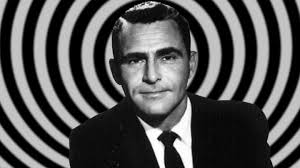
Rod Serling turned the strange into the familiar. With The Twilight Zone, he used sci-fi and fantasy to tackle deep human issues, war, racism, conformity. He dodged censors by disguising bold messages in eerie plots. “Fantasy is the improbable made possible,” Serling once said, and he proved it weekly. His writing dared viewers to question the world around them. Every twist wasn’t just shocking. It was thoughtful. He reminded us that TV wasn’t just for escape. It could be a mirror. Serling made it okay for television to challenge us and to leave us thinking long after the screen went dark.
6. Orson Welles: A Voice That Shook the Nation

Before he was 30, Orson Welles had already changed two mediums forever. His 1938 War of the Worlds radio broadcast fooled listeners into thinking aliens were invading, proving sound alone could grip the nation. Then he turned to film, where Citizen Kane broke rules with nonlinear storytelling, deep focus, and layered sound. “A film is never really good unless the camera is an eye in the head of a poet,” Welles once said. He believed in bold, expressive storytelling. Whether on air or on screen, Welles taught audiences to expect more and showed creators what was possible.
7. Alfred Hitchcock: Suspense and the Unexpected
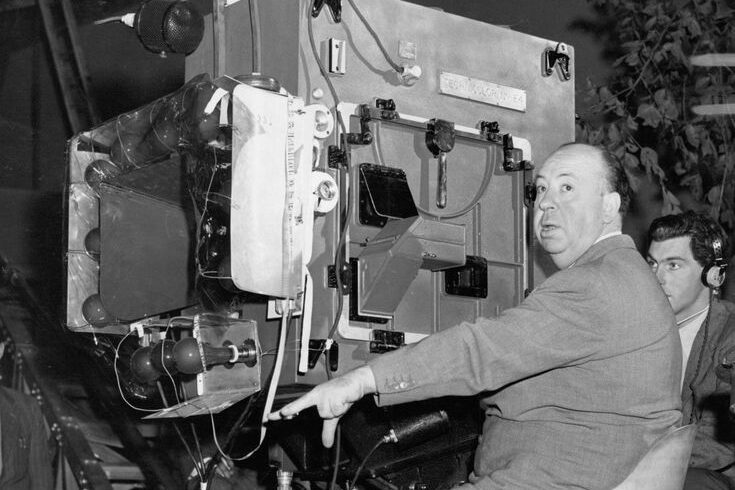
Alfred Hitchcock was the master of turning the ordinary into something terrifying. With films like Psycho and Rear Window, he played with perspective, turning viewers into voyeurs. He revolutionized editing, used sound in unsettling ways, and turned suspense into an art form. “There is no terror in the bang, only in the anticipation of it,” he once said. Hitchcock also pushed boundaries on censorship and audience expectations. He made fear sophisticated. Long before thriller was a genre, he had already defined it. His influence is everywhere, from horror movies to true crime television and every creepy camera shot between.
8. Jim Henson: Puppets with a Pulse
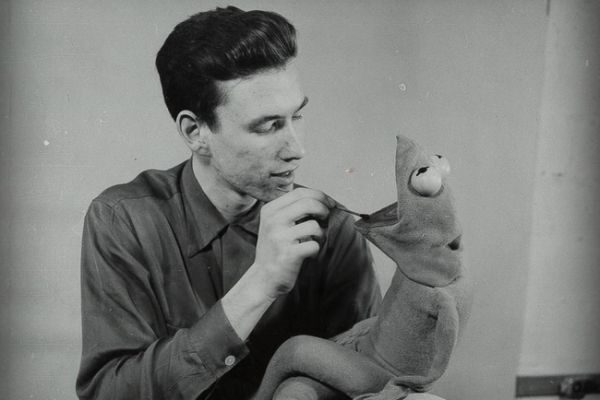
Jim Henson didn’t see puppets as playthings. He saw them as characters with hearts, humor, and humanity. With Sesame Street, he helped educate generations. With The Muppet Show, he gave kids and adults something to love together. Kermit, Miss Piggy, and Big Bird weren’t just puppets. They were personalities. Henson used music, emotion, and innovation to bring fabric to life. “Kids don’t remember what you try to teach them. They remember what you are,” he said. His characters weren’t just silly. They were wise, kind, and real. Henson taught us that stories don’t need people to feel personal and lasting.
9. Barry Diller: The Fox Who Shook Up TV

Barry Diller didn’t just create shows. He helped create a network. In the ’80s, he launched Fox as the scrappy alternative to ABC, CBS, and NBC. He backed shows like Cops and Married… with Children, which felt raw, rebellious, and completely unlike anything else on TV. He also popularized the made-for-TV movie. “He had an instinct for what would shake things up,” the New York Times noted. Diller gave edgy creators space to experiment and gave viewers something new to talk about. He didn’t wait for permission. He saw gaps in the system and built new doors for television.
10. Ted Turner: News That Never Slept
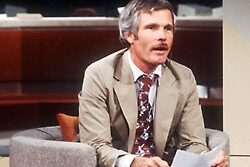
Ted Turner looked at television and saw space for something it didn’t have, constant news. When he launched CNN in 1980, critics mocked the idea of a 24-hour news network. But Turner proved that people would tune in at any hour for updates. His gamble became a global shift. “We won’t be signing off until the world ends,” he famously said. CNN changed the way we think about news, from scheduled broadcasts to constant coverage. Today, news cycles never stop, and Turner’s vision is the reason. He didn’t just report history. He changed how we watch it happen in real time.
11. Edward R. Murrow: The Voice of Real Journalism
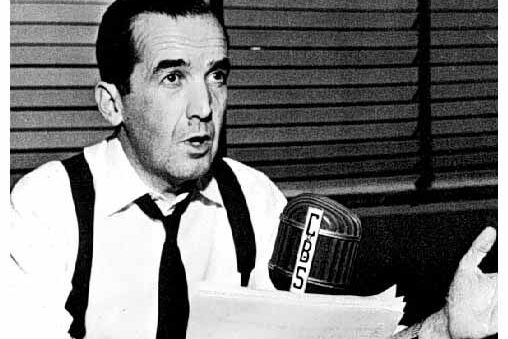
Before news had graphics, crawls, and hashtags, Edward R. Murrow stood with a microphone and spoke the truth. His dispatches from WWII gave Americans an intimate look at war. Later, on television, he famously challenged Senator McCarthy during the Red Scare using facts and quiet resolve. “Good night, and good luck,” he’d say, simple words that stood for courage. Murrow believed journalism was about trust and responsibility. He turned broadcasting into public service. To this day, journalists invoke his name when speaking of ethics. Murrow’s voice didn’t shout. It echoed. And it still reminds us what news should sound like.
12. Shonda Rhimes: The Drama Queen Who Changed Primetime

Shonda Rhimes didn’t just create TV hits. She created obsessions. From Grey’s Anatomy to Scandal, her dramas blended messy characters, emotional twists, and unapologetic diversity. She gave us flawed heroes, gasp-worthy plot turns, and cliffhangers we couldn’t stop talking about. “I don’t believe in the word ‘luck.’ I believe in work,” she once said. Rhimes revived primetime and built an empire on relatable chaos. Her deal with Netflix only confirmed her staying power. In a media landscape shaped by pioneers, Rhimes continues the legacy. She pushes TV forward with stories that reflect real people and keep us watching every week.
13. George Lucas: The Man Who Made Sci-Fi Real
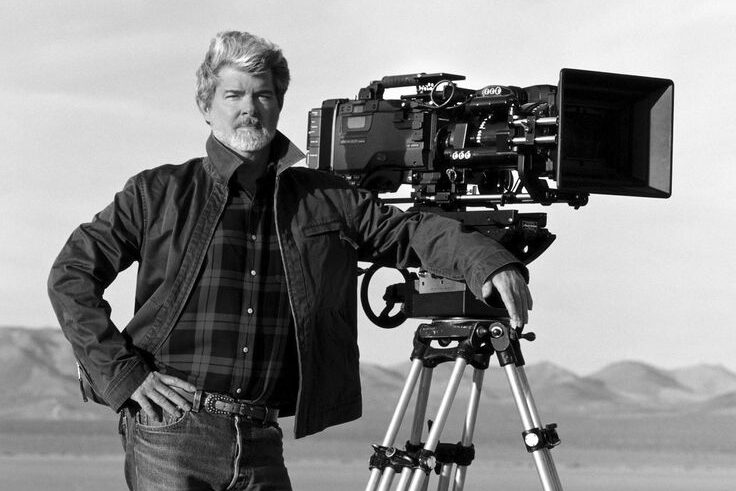
When George Lucas made Star Wars, he didn’t just change science fiction. He changed cinema. He brought visual effects to new heights through Industrial Light & Magic, reshaped audio with THX, and pushed digital filmmaking forward. “Special effects are just a tool,” he said. “A means of telling a story.” But Lucas didn’t stop at film. He built a merchandising empire, launched a franchise model, and influenced everything from gaming to theme parks. His world-building wasn’t just creative. It was strategic. Lucas proved that imagination, when paired with innovation, could transform not just a film but an entire industry.
This story 13 Legends Who Revolutionized the Way We Watch TV and Movies was first published on Daily FETCH


